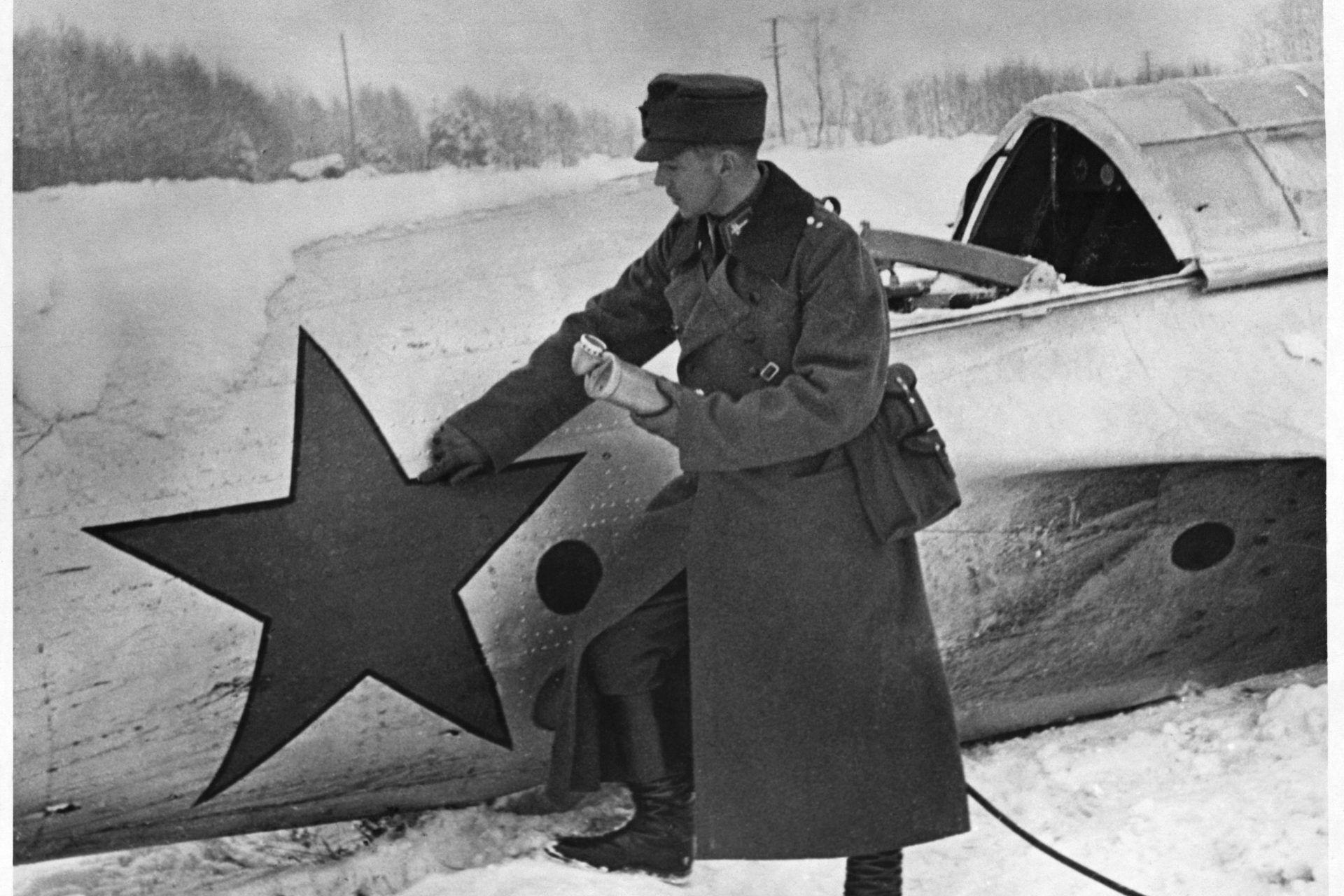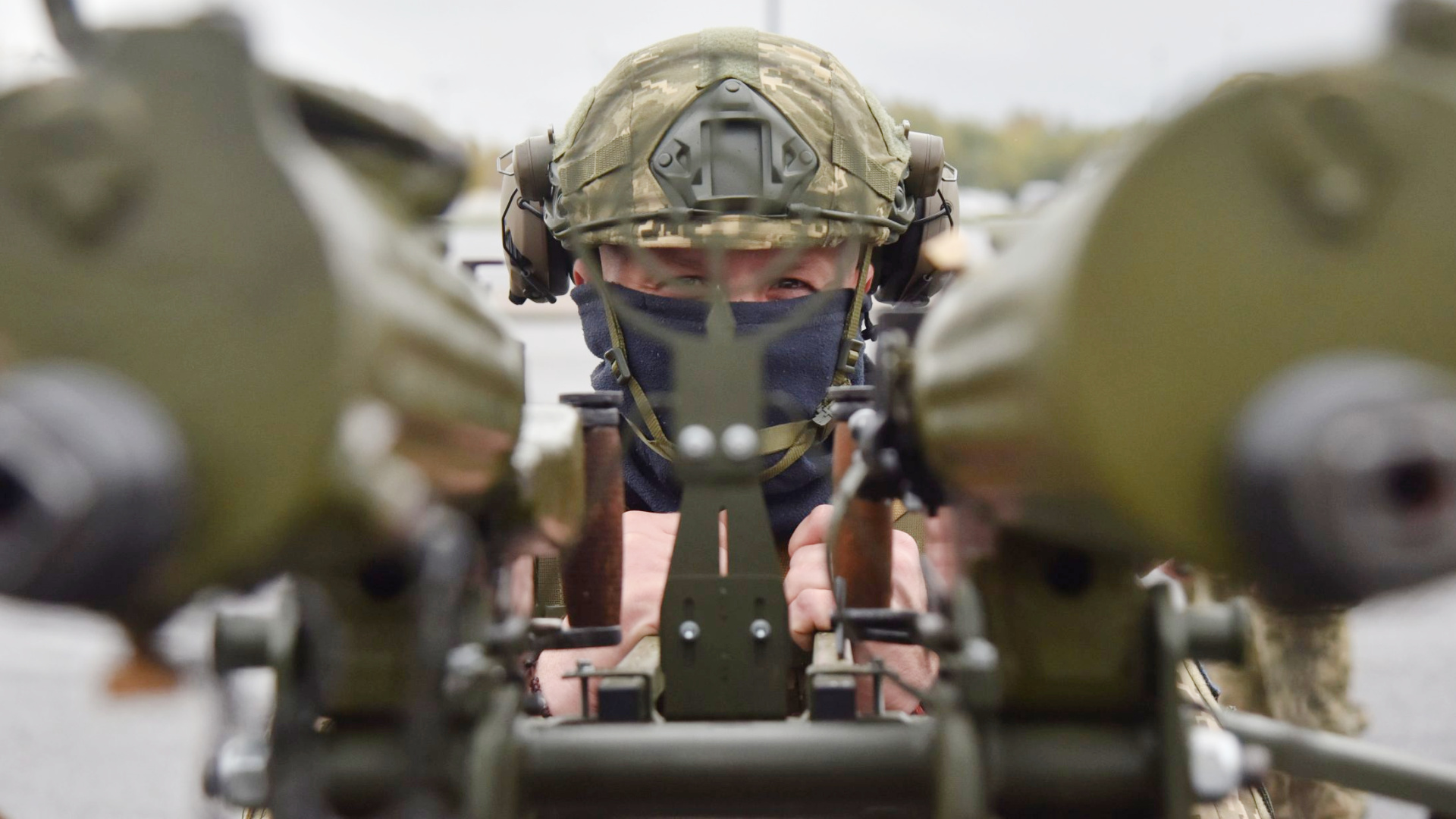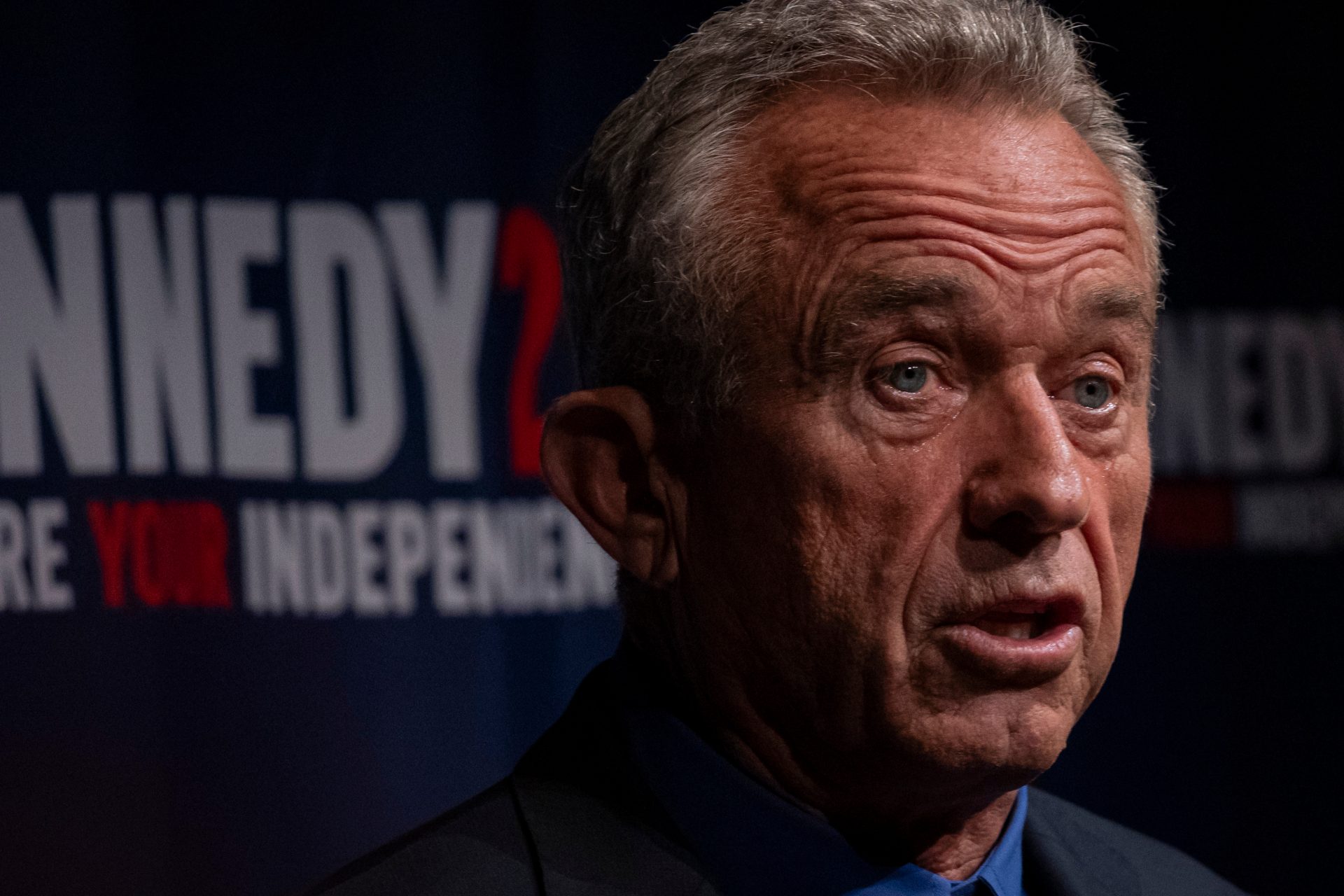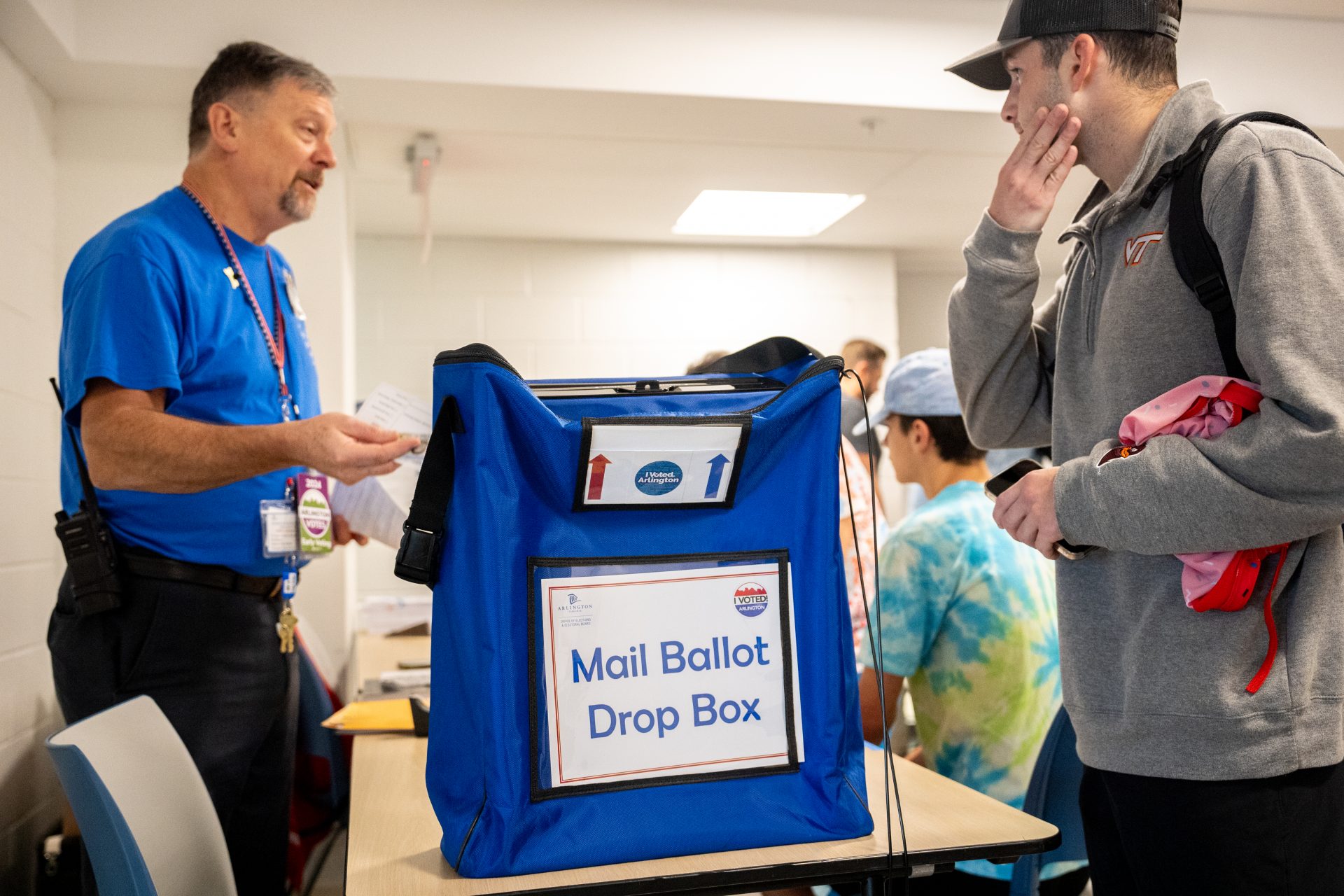The Winter War retold: How tiny Finland triumphed against Russian might
First off, a bit of historical context. For several centuries, the country that we now know as Finland was under Swedish rule. This changed in 1809 when the Russian Empire annexed the territory as the Grand Duchy of Finland.
This lasted until the Russian Revolution in 1917. The old imperial rule collapsed, making way for the establishment of the Republic of Finland on December 6, 1917.
Peace didn’t come with independence, though. A civil war broke out in Finland between the new government, which was backed by the German Empire, and rebels supported by the Soviet Union.
Pictured: Finnish citizens during the proclamation of independence in Helsinki.
Something similar happened to Ukraine around that time. However, unlike Ukraine, the independent government came out victorious from the Bolshevik troops in 1918.
At the time, Finland was a mostly agrarian nation of around three million people that mainly exported to Germany and the United Kingdom.
However, the rest of Europe still faced the trauma of the aftermath of the First World War. The Great Depression in 1929 didn’t help the matter.
Fascist movements with expansionist goals rose in Italy and Germany and in less than 20 years after an armistice, war was decimating the continent again.
While Nazi Germany invaded Austria, France, Czechoslovakia, and western Poland, the Soviet Union mobilized to occupy eastern Poland and Finland.
Hitler and Stalin’s respective Foreign Ministers had signed a non-aggression pact in August 1939, ensuring that neither Nazi Germany nor the Soviet Union would get in each other’s way and virtually divide Poland and the Baltic.
Pictured: Soviet Foreign Minister Viacheslav Mólotov and his German counterpart Joachim von Ribbentrop in 1939.
On November 26, 1939, Soviet troops near the Soviet village of Mainila were attacked by an unknown party claimed to be Finnish artillery. The Soviet government claimed it was a provocation and use it as an excuse to justify a full invasion.
Despite claims through the years, that incident was a false flag operation carried out by the Red Army, including statements made in the 1990s by former Russian leader Boris Yeltsin. The government of Vladimir Putin maintains that the incident was full Finnish responsibility.
Soviet victory over Finland, and the possible annexation of the entire country by the USSR, were expected within weeks. Half a million Red Army troops were sent to the tiny, underpopulated Nordic country. However, things were not as easy from the start.
Despite being outnumbered and outgunned, the Finns had a superior advantage on one front: they knew the territory much better than their invaders.
Under the leadership of Marshal Carl Gustaf Mannerheim (pictured, left), the Finnish engaged in guerrilla tactics while the Soviet soldiers were bogged down by difficult terrain, thick forests, and harsh winter.
Finnish ski troops are reported to have carried out hit-and-run attacks on isolated Soviet units, which stood out easily among the winter-covered landscape.
One Finnish sniper, a farmer by the name of Simo Häyhä, is reported to have killed over 500 Red Army soldiers. He earned the nickname 'The White Death'.
Ultimately, Finland signed a peace treaty with the Soviet Union in February 1940, giving away 11% of their territory.
However, this was only after a huge loss for the Red Army. A piece on the History Channel website reports that Soviet forces had over 300,000 casualties to circa 65,000 Finns.
The Soviet Union also faced repercussions at the international level, getting expelled from the League of Nations due to the invasion of Finland. However, Stalin would prove a useful ally in the new world war that was starting to take shape.
Some even claim that the Red Army’s embarrassing performance in Finland led to Hitler thinking he could declare war on the Soviet Union without much problem. Nazi Germany invaded the Soviet Union in June 1941 and eventually would prove to be its undoing.
More for you
Top Stories


































